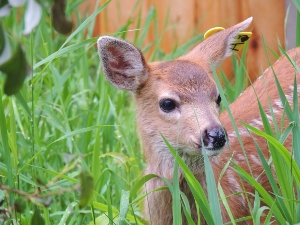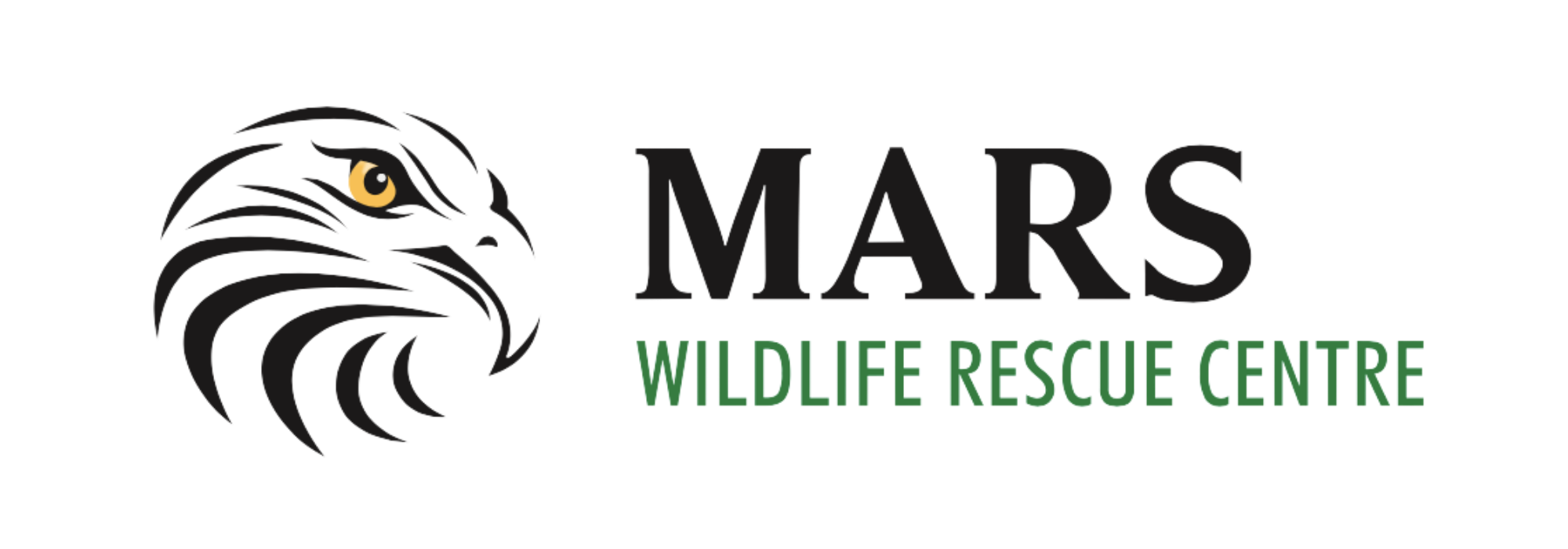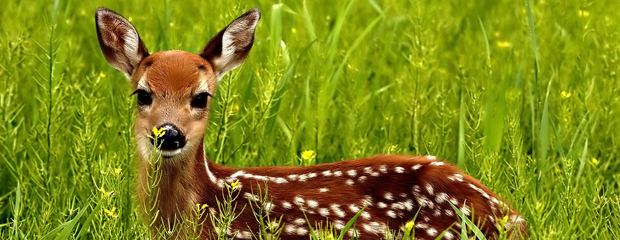MARS Moment 2013
One of the most endearing and enchanting of our local wildlife species has to be the deer, especially when they are fawns. The Black Tailed Deer are the only deer species found on Vancouver Island, but other deer species inhabit the coastal mainland, Vancouver, and the Fraser Valley. Each year during the winter months, M.A.R.S. receives many deer-related inquiries; “why do they look so mangy”, “why are they eating plants they don’t usually touch”, “there’s a dead deer in my shed”, and tragically, “what should I do when a deer is hit by a car”?

Deer inhabited our area long before we came along, foraging on native shrubs and plants and also in natural grasslands. With urban development and the introduction of farmlands and non native plants, shrubs, and trees, deer habits are changing along with their habitat. It is not an unusual sight in our local areas to see a herd of deer grazing alongside a herd of cows, both sharing the same field. In addition, urbanization has replaced their local habitat with parks and backyards complete with a cornucopia of fresh plants, flowers, apples, and many tasty morsels they try for the first time, only to spit out uneaten. The number of pristine golf courses has also provided the deer with a safe habitat away from natural and domesticated predators where they can raise their fawns in relative safety. However, the increased human contact has posed a set of new problems, they are either being encouraged to spend more time around homes to find supplemental food or they are facing dangers posed by humans and our dependence on vehicles to transport us to work or play. The B.C. Ministry of Environment has published guidelines to answer some of the more common questions that are asked, and to offer advice on how to deal with the poor health that seems to plague many of the deer, especially the young in the winter months. The online link to this guide is “WINTERKILL” IN COASTAL BLACK‐TAILED DEER
Some of the following indications may signify a deer in distress.
- Loss of fear of humans
- Weakness and presence near homes, on porches, in outbuildings
- Poor to extremely thin body condition
- Poor hair coats – from small areas of hair loss to almost completely bald
- Digestive tract upsets – especially diarrhea, seen as green, soft to liquid feces on the ground or coating the tail area
- Death with no apparent warning, especially after a period of supplemental feeding.
All of these problems can be exacerbated by over population at feeding stations; this provides the perfect environment for parasites and the diseases they may carry to infect the weakened deer. It is very difficult not to want to help by feeding the deer that come to your property, but by doing this you may push them over the edge, causing their death. Many people try to help by providing high energy carbohydrates, like grain, alfalfa, apples and hay, which normally would be acceptable, but when a deer is in a weakened state this food is too rich and results in diarrhea, which leads to dehydration that eventually causes the deer to die. The fawns that are born in the early fall are especially vulnerable to digestive disorders as they are still trying to regulate their body temperatures and at the same time their muscles and bodies are still growing, adding more stress to an already weakened immune system.
M.A.R.S. now has a special fawn enclosure where we can care for orphaned fawns; once they are weaned they are transferred to another temporary home until they are released back into the local herd.We cannot rescue fawns older than about a month, past this age deer become too stressed by captivity for any treatment. To better understand the stresses of fawns raised in a captive situation last year we tagged the 2012 fawn’s ears with yellow identifying numbers A1-A12; 2013 will be a series of B numbers. This information will be passed along to the Ministry who are tracking the health of local wildlife species – if you see one of our tags, please call us with the number and location. Please remember that adult deer can become aggressive if cornered by humans or if a dog or human comes between the doe and her fawn. Do not allow dogs to chase any wildlife, as it is very stressful for them and may disrupt normal behaviour. If you hit or see a deer hit on the road in our area, when possible, try to move it well off the road and report it to the RAPP line @1-877-952-7277 or Emcon 250-336-8897.
“Expect deer on our roads, slow down”! If a deer dies on your property you are responsible for its disposition. Deer are truly beautiful animals and with more understanding we can live in harmony with each other, keeping them wild and healthy. Please visit our Facebook page to follow our patient’s progress and find out what special events are happening in your community. To report injured wildlife call 250-337-2021 or our emergency pager 1-800-304-9968.

